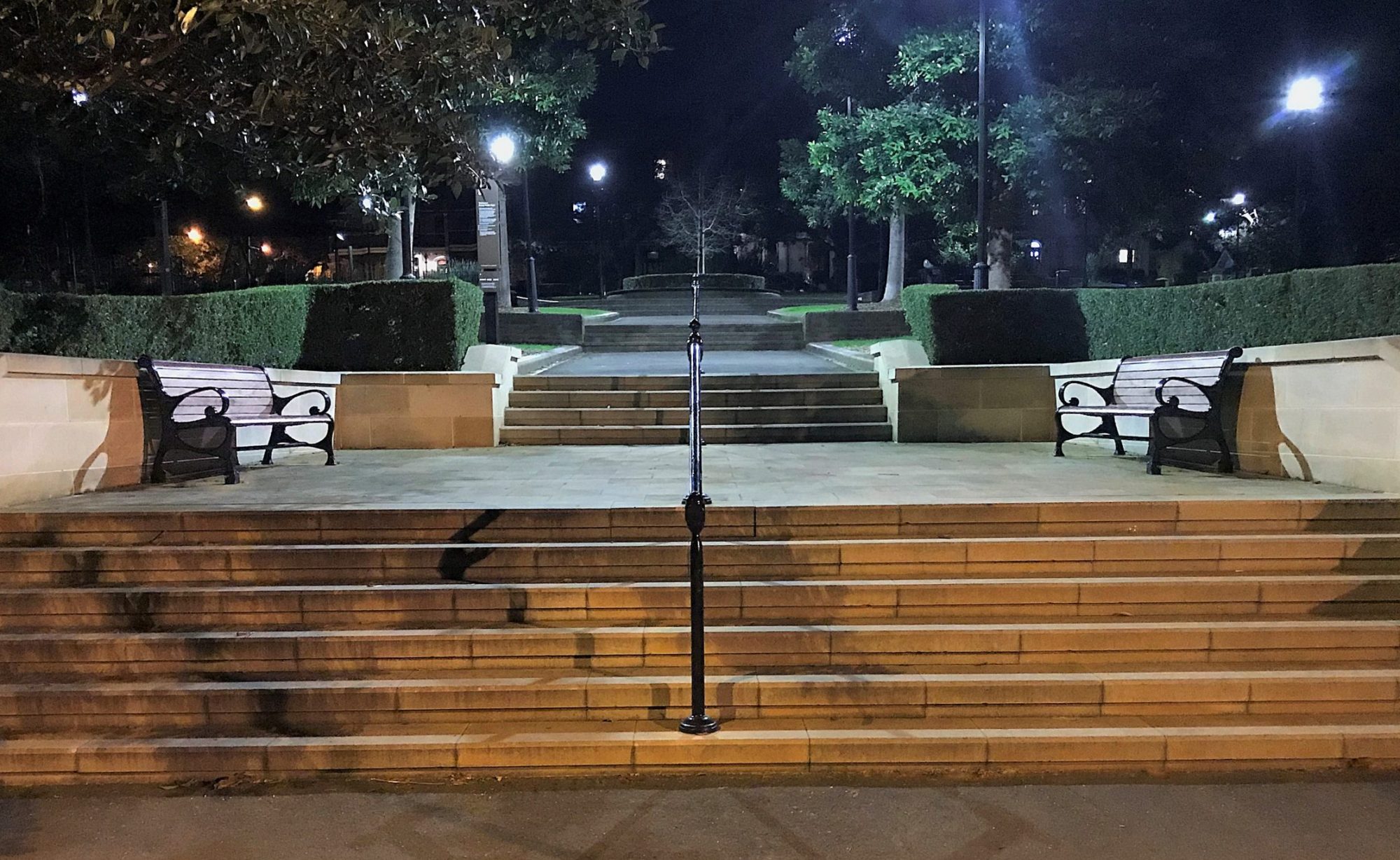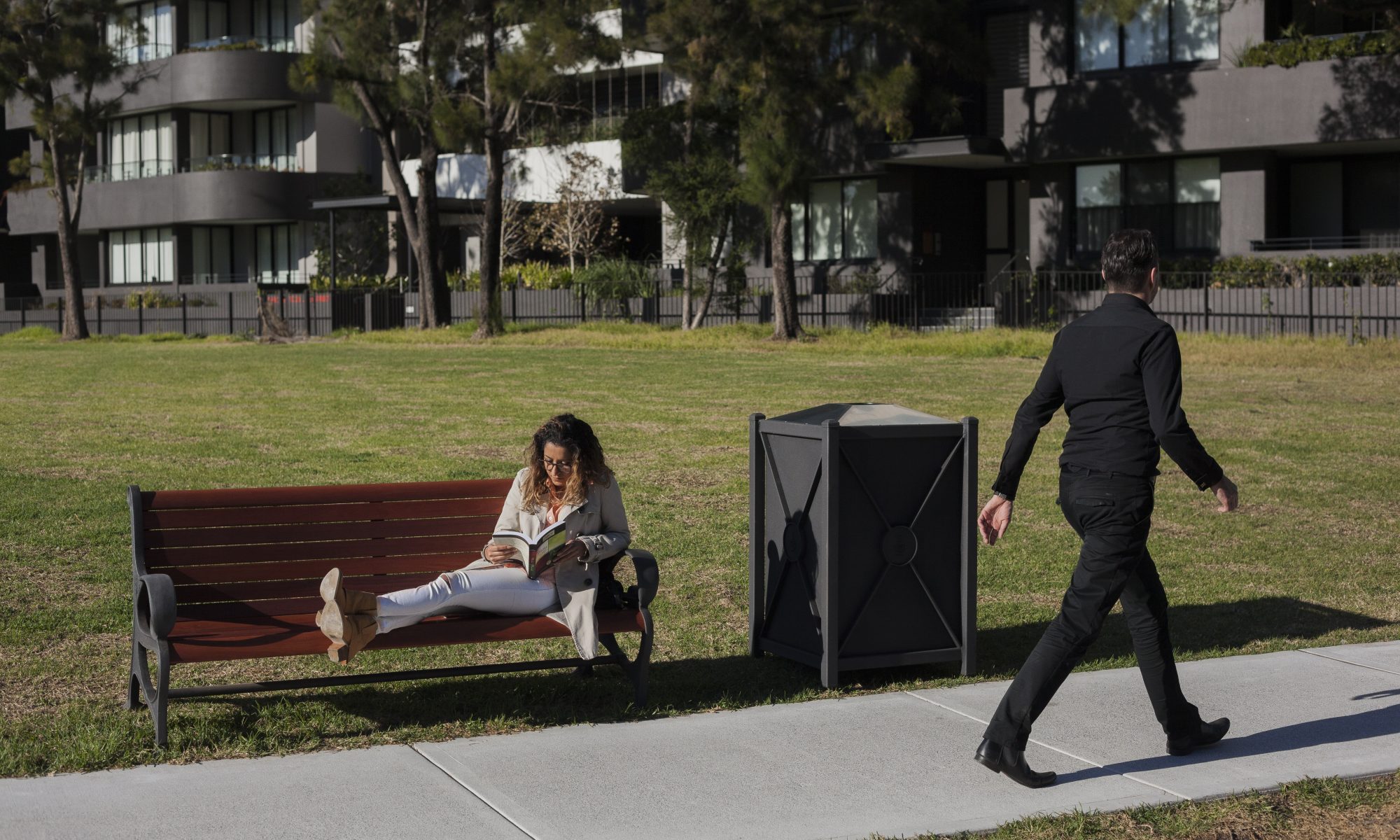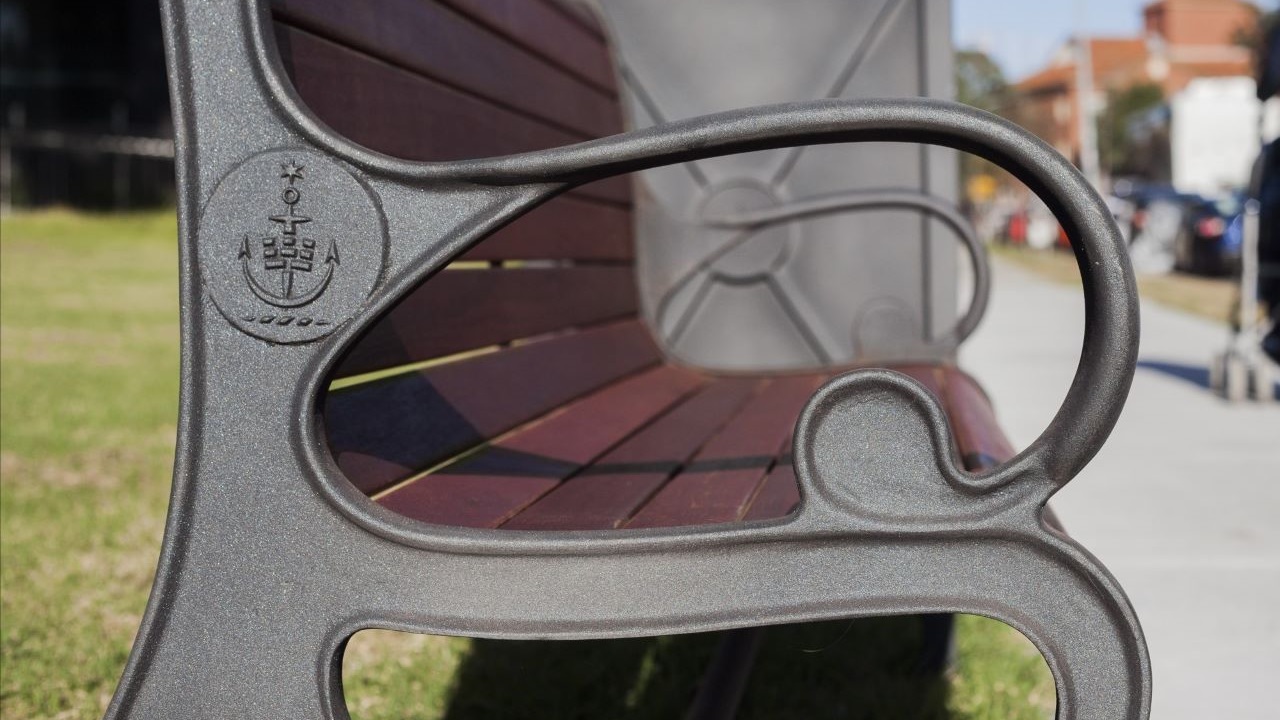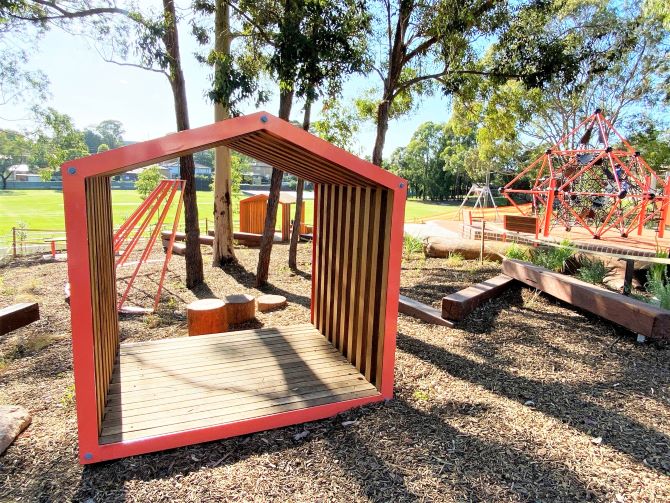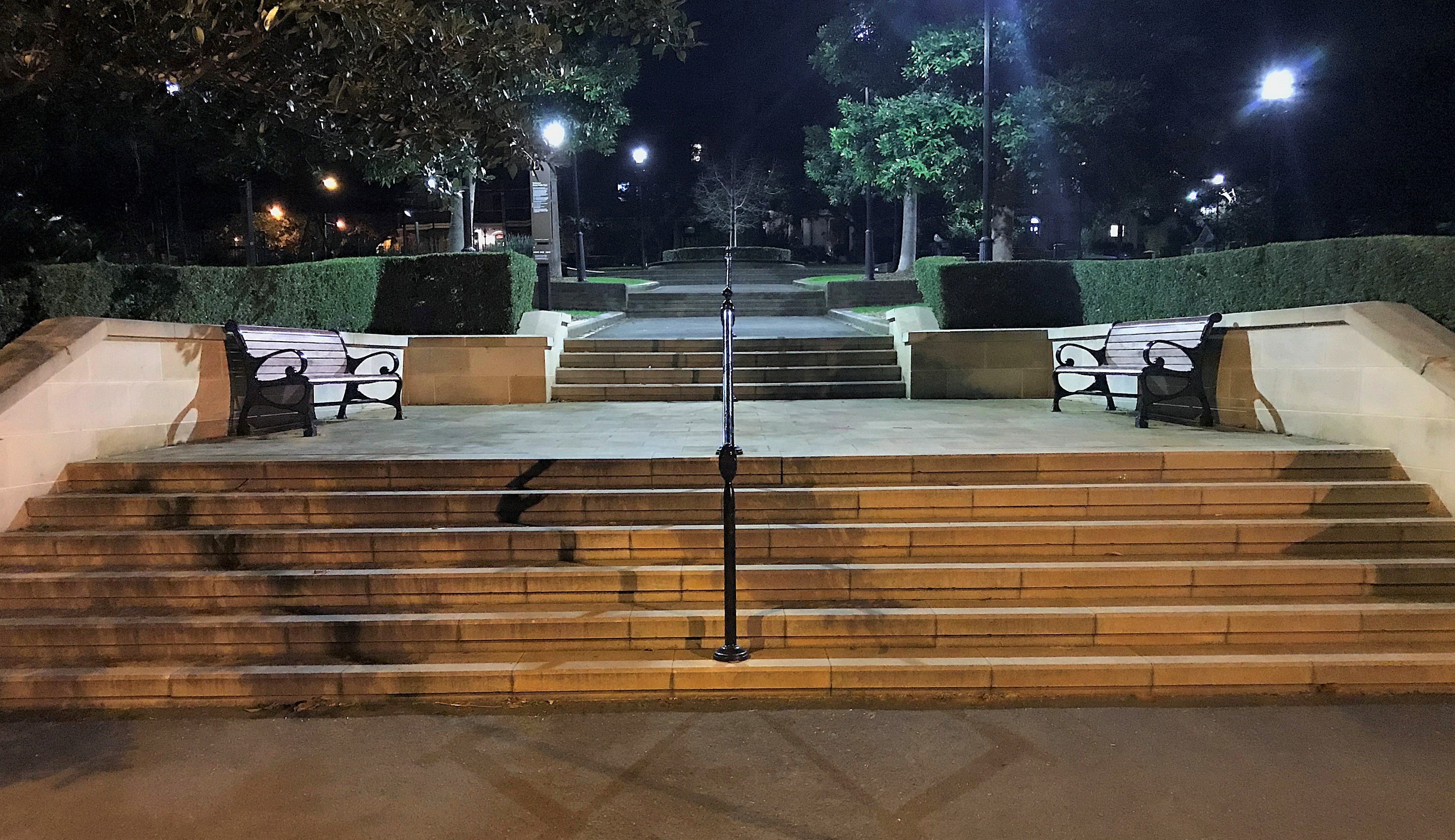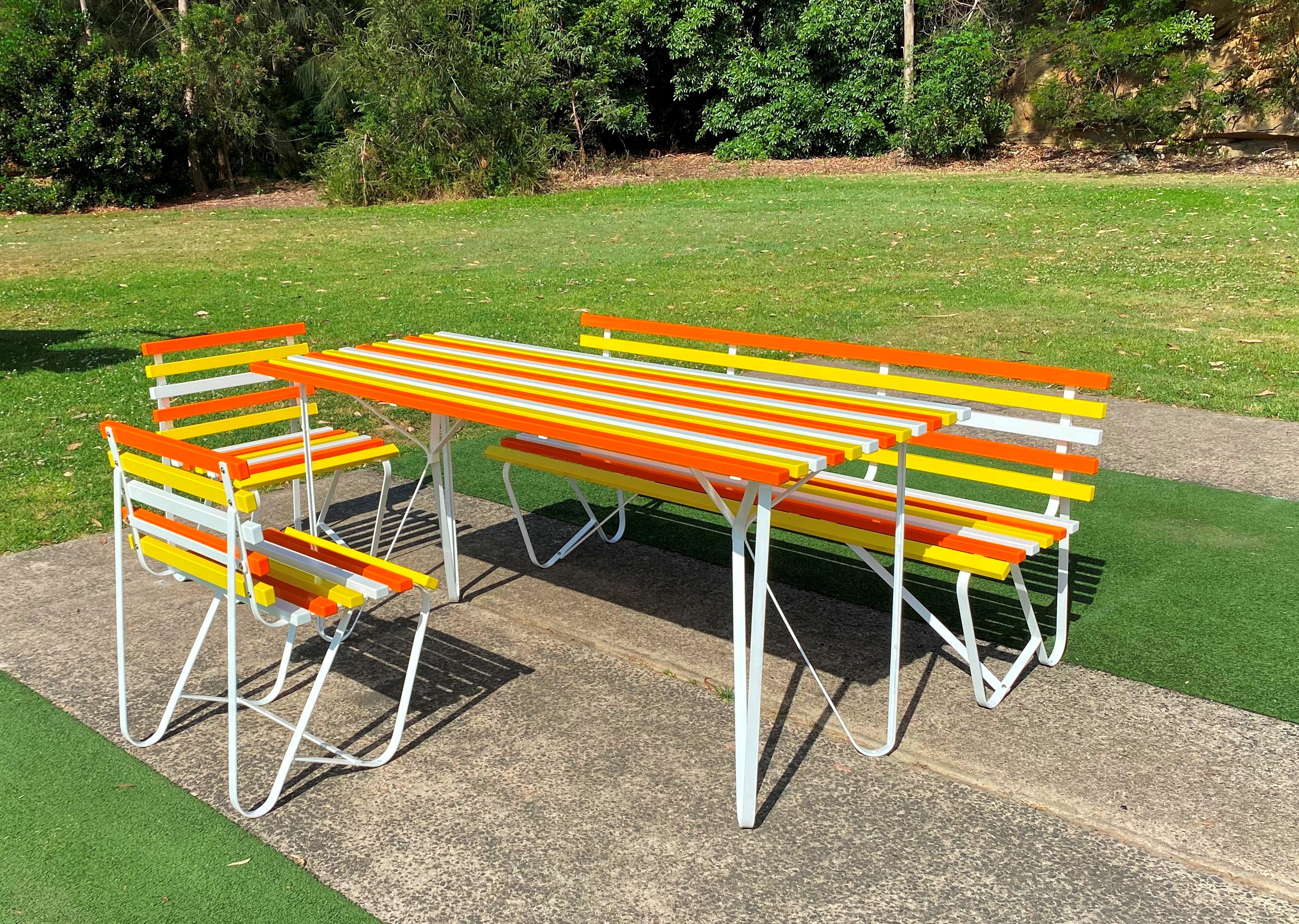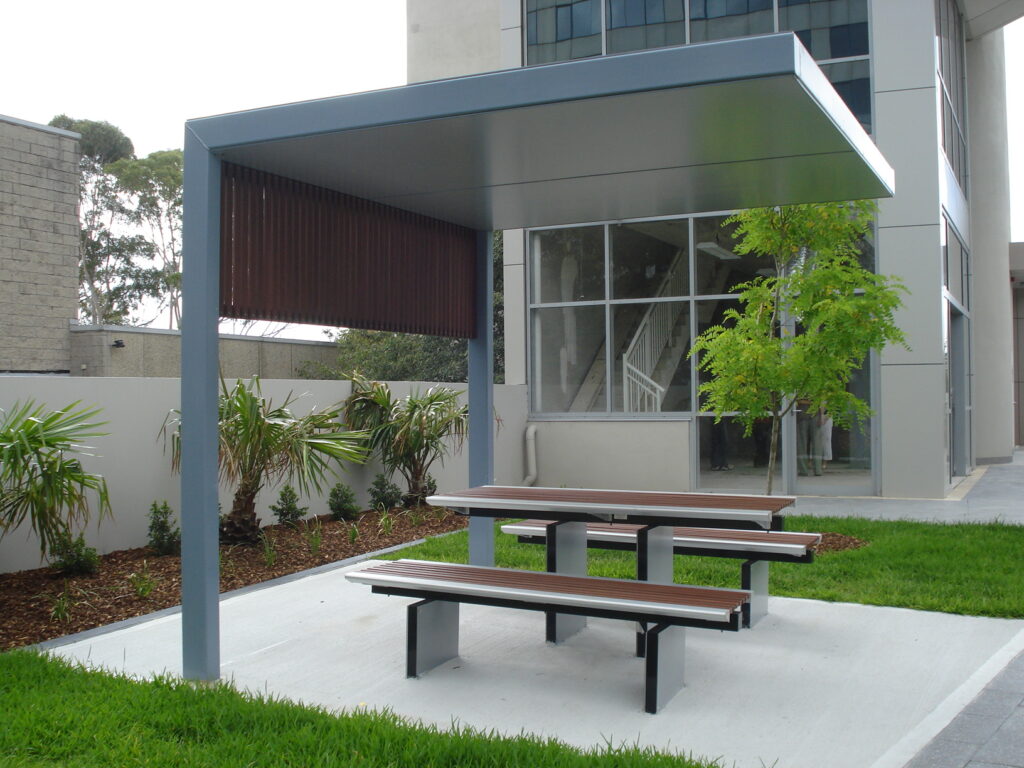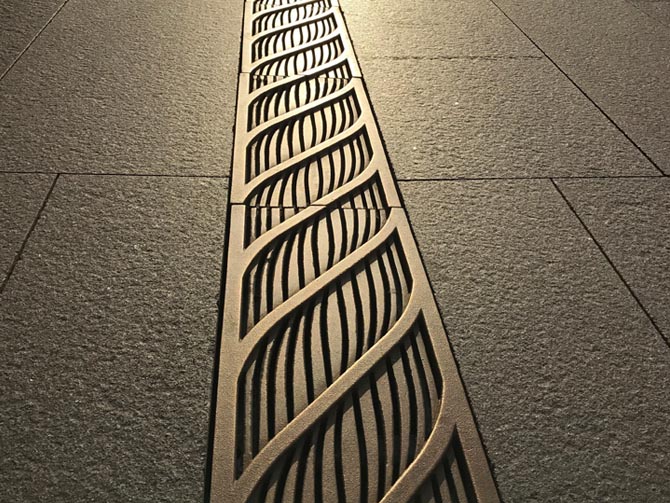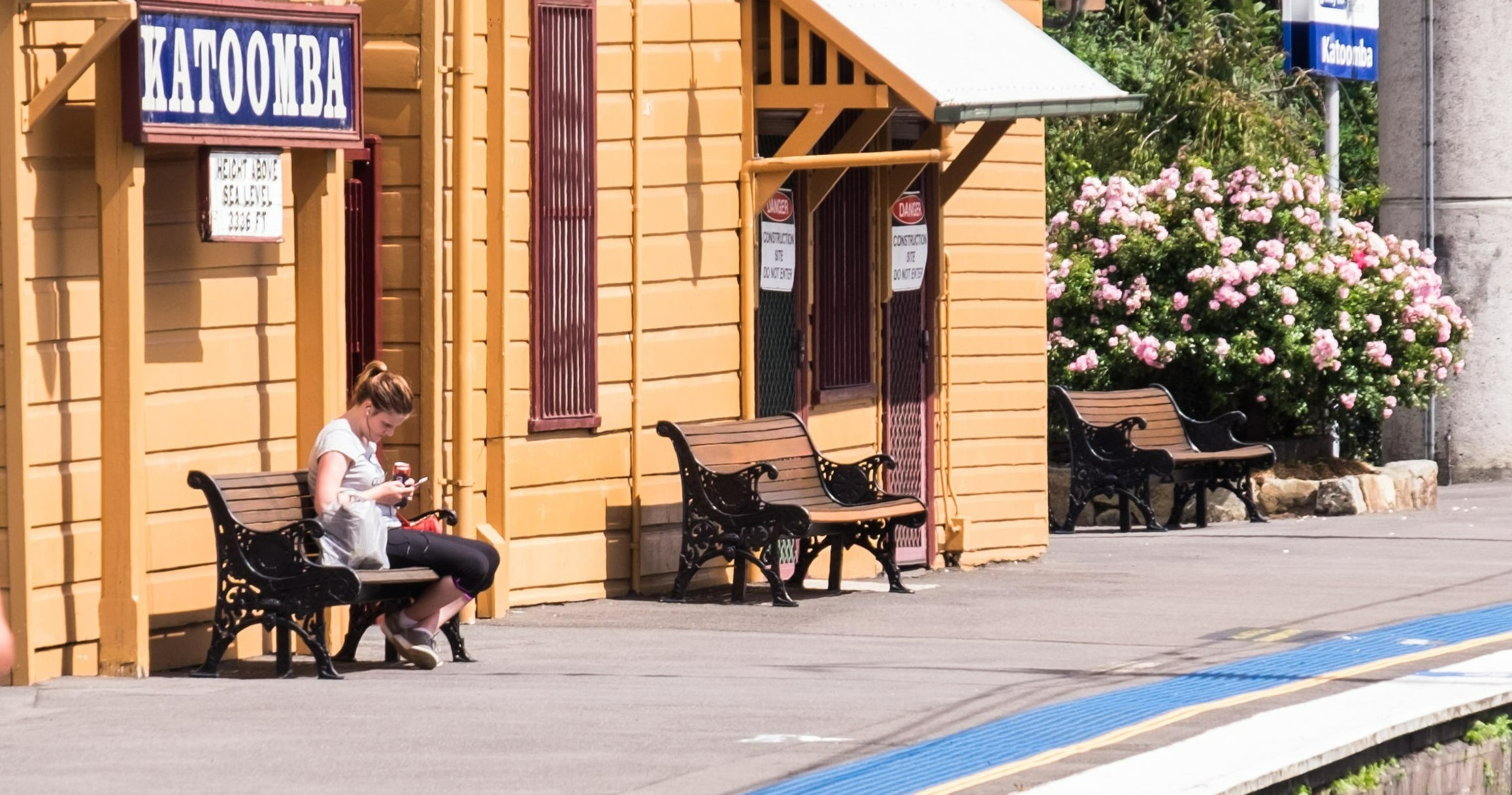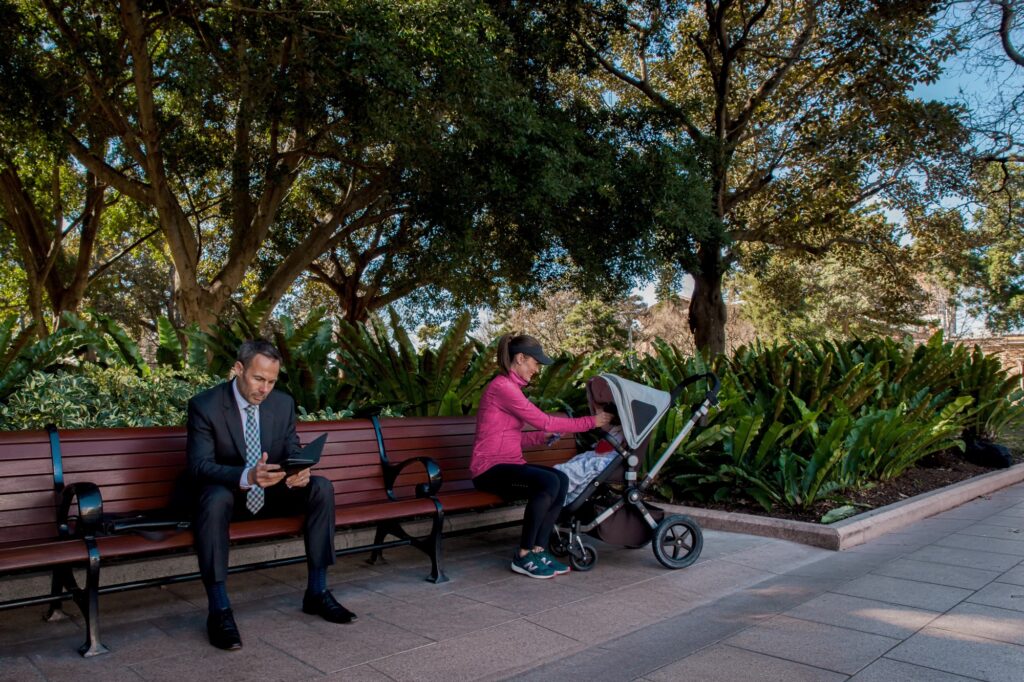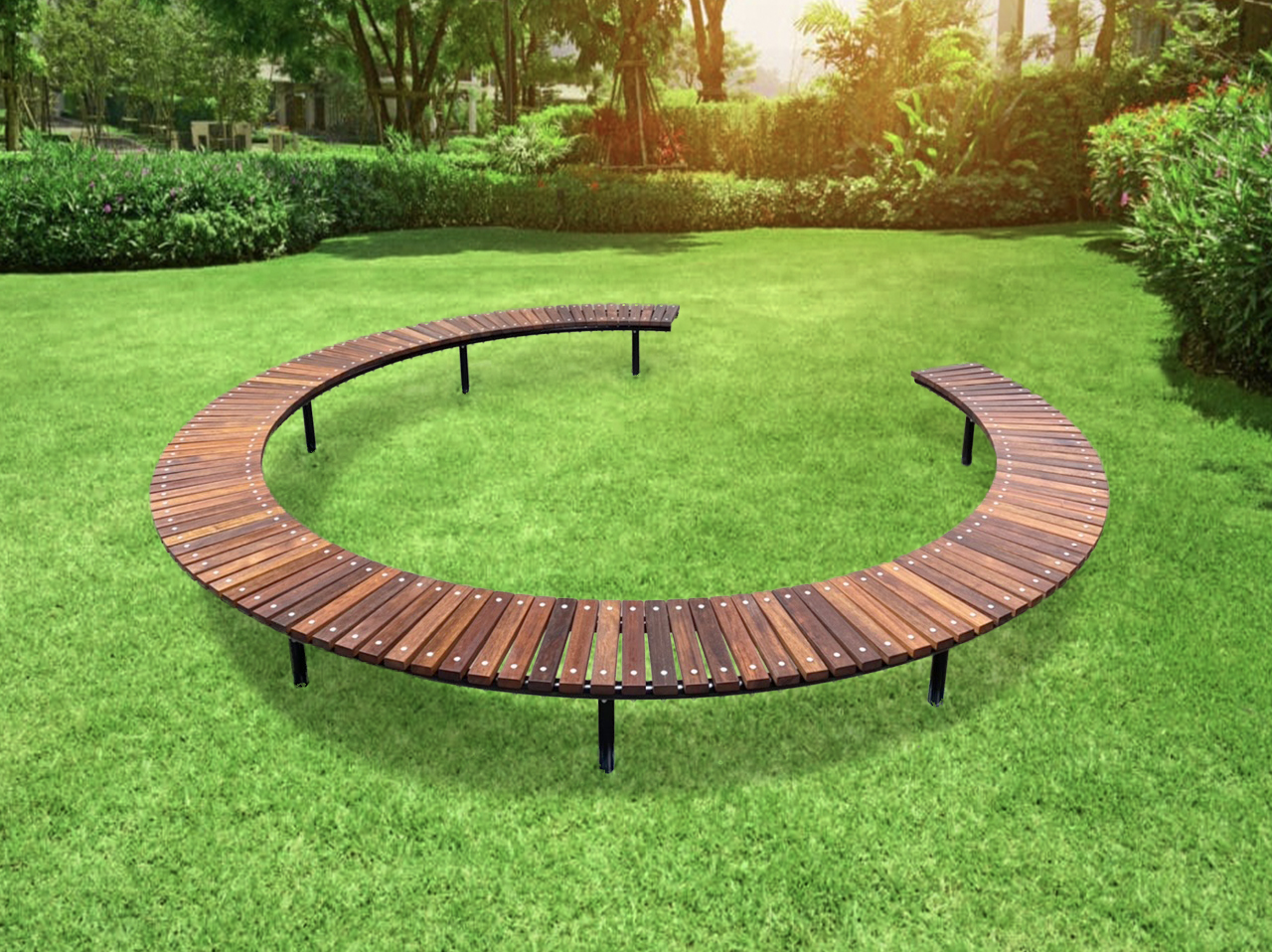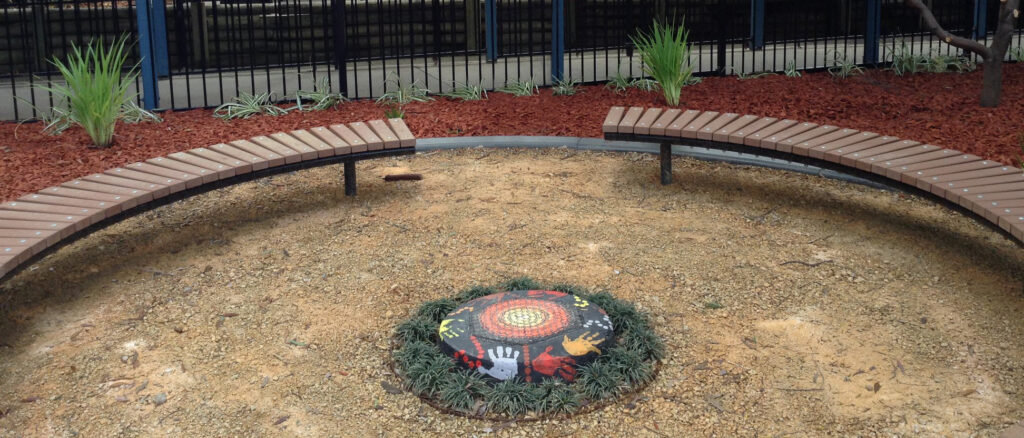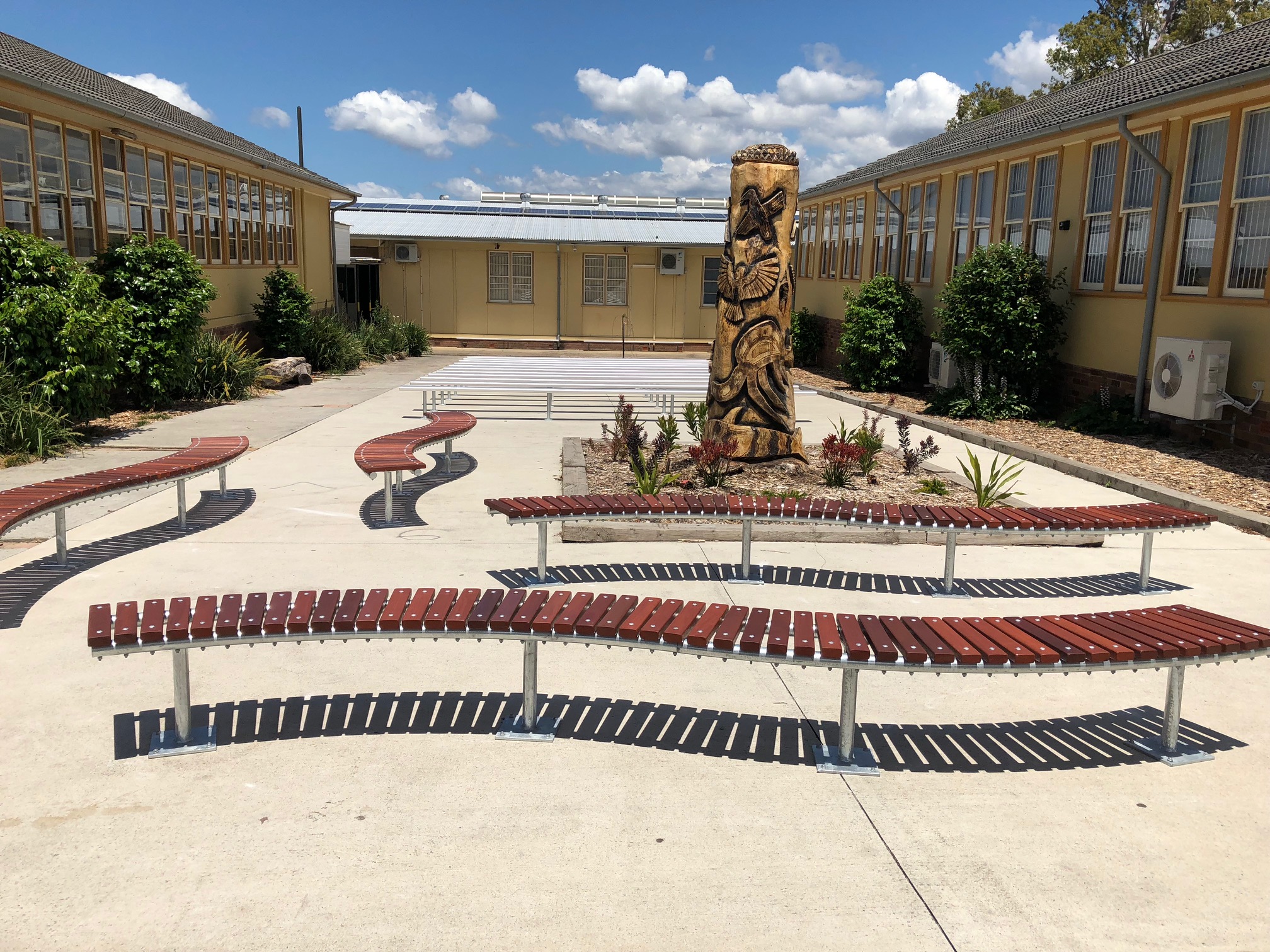With the industry and technologies rapidly evolving, we look within 2025 and see some very exciting developments that will redefine the future of street furniture & urban spaces, from sustainability to smart technology and inclusivity. Here are the key trends we at Emerdyn are keeping an eye on.
Sustainability
The future of street furniture is deeply rooted in sustainability, and this is a focus we take seriously at Emerdyn. In 2025, we predict that the demand for sustainable materials and eco-conscious designs will increase. With growing environmental concerns, cities around the world are looking for ways to reduce their carbon footprints, and infrastructure – including street furniture – has a significant role to play in this.
At Emerdyn, we’re committed to reducing our material inputs and outputs for production, limiting our carbon footprint by supporting the local economy, creating products that reduce impact in field and at the end of their life and improving the efficiency of our operations to ensure minimal energy and water usage, plus more.
We will continue to prioritise this in our decision making, with future designs anticipated to incorporate more renewable resources and support a greater circular economy. Expect to see street furniture that not only enhances the environment but actively contributes to it—whether it’s through solar-powered features, integrated greenery, or materials that leave a minimal environmental footprint.
Smart & connected urban furniture
Smart technology is already transforming the way we live, and street furniture is no exception. At Emerdyn, we expect smart furniture to become a greater staple in cities by the end of 2025 including benches with built-in solar charging stations, free Wi-Fi hotspots, or furniture that interacts with its environment through sensors.
Smart street furniture offers much more than comfort—being a tool for creating smarter, more efficient cities. These features could help urban planners collect valuable data on everything from foot traffic to air quality, allowing them to make more informed decisions that improve public spaces. At Emerdyn, we’re already exploring ways to integrate technology into our current and new designs, helping to create furniture that serves both practical and data-driven purposes.
Inclusive design for all
Inclusivity is at the heart of what we do at Emerdyn. As cities become more diverse and the need for accessible public spaces grows, by the end of 2025 we anticipate a stronger demand for street furniture designs to accommodate people of all abilities and our growing aged population. We predict that rather than being a special category, all future designs will prioritise accessibility and comfort for everyone, from ergonomic seating to features that assist individuals with mobility challenges.
At Emerdyn, we are looking to create furniture that caters to people with different needs, including seating options for those in wheelchairs, parents with strollers, and individuals with varying levels of mobility. Our approach is about making spaces where everyone feels welcome and can enjoy these public spaces with ease and comfort.
Urban green spaces
As cities continue to grapple with environmental challenges like air pollution and urban heat islands, integrating nature into public spaces will become more important. By the end of 2025, we anticipate that street furniture will be designed to not just complement green spaces but to enhance them.
At Emerdyn, we’re already working on designs that blend seamlessly with nature. From benches with built-in planters to furniture that helps support urban ecosystems, our focus is on creating outdoor furniture that doesn’t just sit in the landscape but actively contributes to the well-being of both people and the environment.
Modular & flexible designs
Public spaces are becoming more dynamic, and street furniture will need to adapt. This year we expect modular and flexible designs to be at the forefront, allowing cities to easily adjust their public spaces to suit different activities and events. Furniture that can be easily reconfigured—whether it’s benches that turn into tables or seating that can be arranged into various configurations—will be a game-changer for urban spaces.
At Emerdyn, we’re planning to design furniture that adapts to the ever-changing needs of modern cities. Modular pieces will make it easier for urban spaces to be reimagined, whether it’s for a temporary art installation, a community event, or simply to provide a better flow of people. Flexibility in design is key to creating adaptable, multifunctional spaces.
Looking ahead, the future of street furniture is exciting and full of potential. At Emerdyn, we’re committed to leading the way in sustainable, innovative and inclusive designs that meet the needs of tomorrow’s cities. This year we’re focused on creating street furniture that not only enhances the public realm but actively contributes to more connected, sustainable, and inclusive urban environments for generations to come.
 5
5 0
0